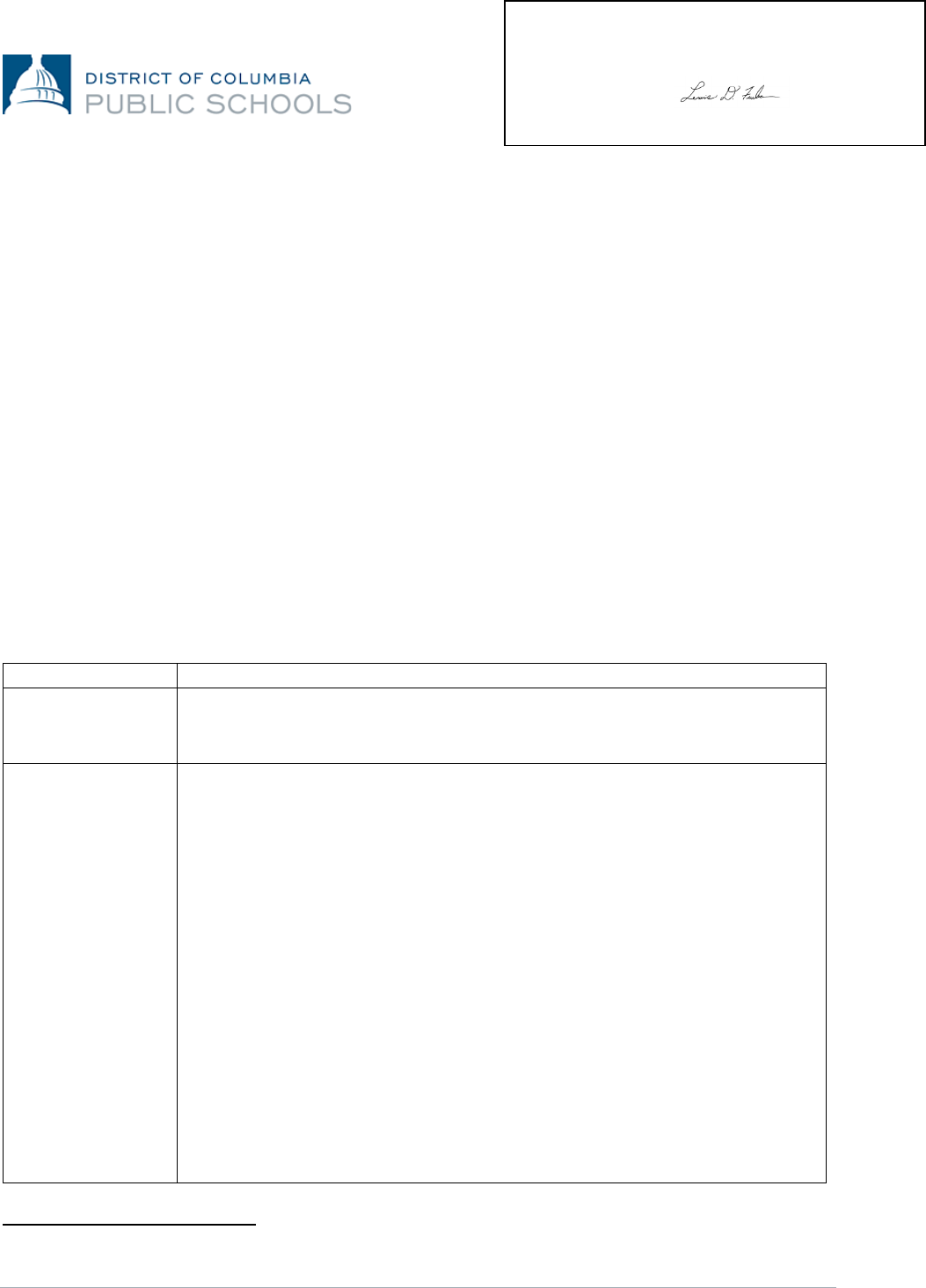
This Attendance and Truancy Policy rescinds and
supersedes all previous policy, memoranda, and/or
guidance promulgated by DCPS on this subject matter.
Chancellor Approval: ___________________________
Effective:
October 28, 2022
1200 First Street, NE | Washington, DC 20002 | T 202.442.5885 | F 202.442.5026 | dcps.dc.gov
Attendance and Truancy Policy
I. PURPOSE AND SCOPE
DCPS seeks to become an anti-racist school district that is trauma-responsive and aligned to a whole-
child approach that supports educators in meeting each child’s individual and holistic needs. This means
creating an environment where we eliminate opportunity gaps, interrupt institutional bias, and remove
barriers to academic and social success, particularly for students of color. DCPS actively strives to
provide access, inclusion, and affirmation and offer the most support where the most
significant disparities have persisted.
Attendance is one of the key metrics that schools review as part of our whole child, anti-racist approach.
Attendance patterns provide key insight into experiences that may be impacting other domains of
development for the child. This policy conveys general requirements on attendance, the protocols
school officials will implement if a student is absent or truant, and requirements related to the
enforcement of DC Health immunization mandates.
II. AUTHORITY AND APPLICABLE LAW
1
Source
Citation
District of Columbia
Law
- D.C. Official Code § 38-202 – Establishment of school attendance requirements
- D.C. Official Code § 38-236.04
–
Limitations on exclusion as a disciplinary action
- D.C. Official Code § 38-501, et seq. – Immunization of school students
District of Columbia
Municipal
Regulations
DC Office of the State Superintendent of Education (OSSE)
- 5-A DCMR § 2100 – General Provisions, as amended by OSSE Notice of Emergency
and Proposed Rulemaking, 69 DCR (Sept. 16, 2022)
- 5-A DCMR § 2101 – Attendance Records and Reporting, as amended by OSSE Notice
of Emergency and Proposed Rulemaking, 69 DCR (Sept. 16, 2022)
- 5-A DCMR § 2102 – Absences, as amended by OSSE Notice of Emergency and
Proposed Rulemaking, 69 DCR (Sept. 16, 2022)
- 5-A DCMR § 2103 – Absentee Intervention and School-Based Student Support
Teams, as amended by OSSE Notice of Emergency and Proposed Rulemaking, 69 DCR
(Sept. 16, 2022)
- 5-A DCMR § 2199 – Definitions, as amended by OSSE Notice of Emergency and
Proposed Rulemaking, 69 DCR (Sept. 16, 2022)
DC Public Schools (DCPS)
- 5-B DCMR § 2103 - Truancy
Original Title 5
- 5-E DCMR § 2101 – Absences
- 5-E DCMR § 5300 – Public School Immunization Procedures and Requirements
1
Nothing in this policy shall supersede federal, state, or local law.
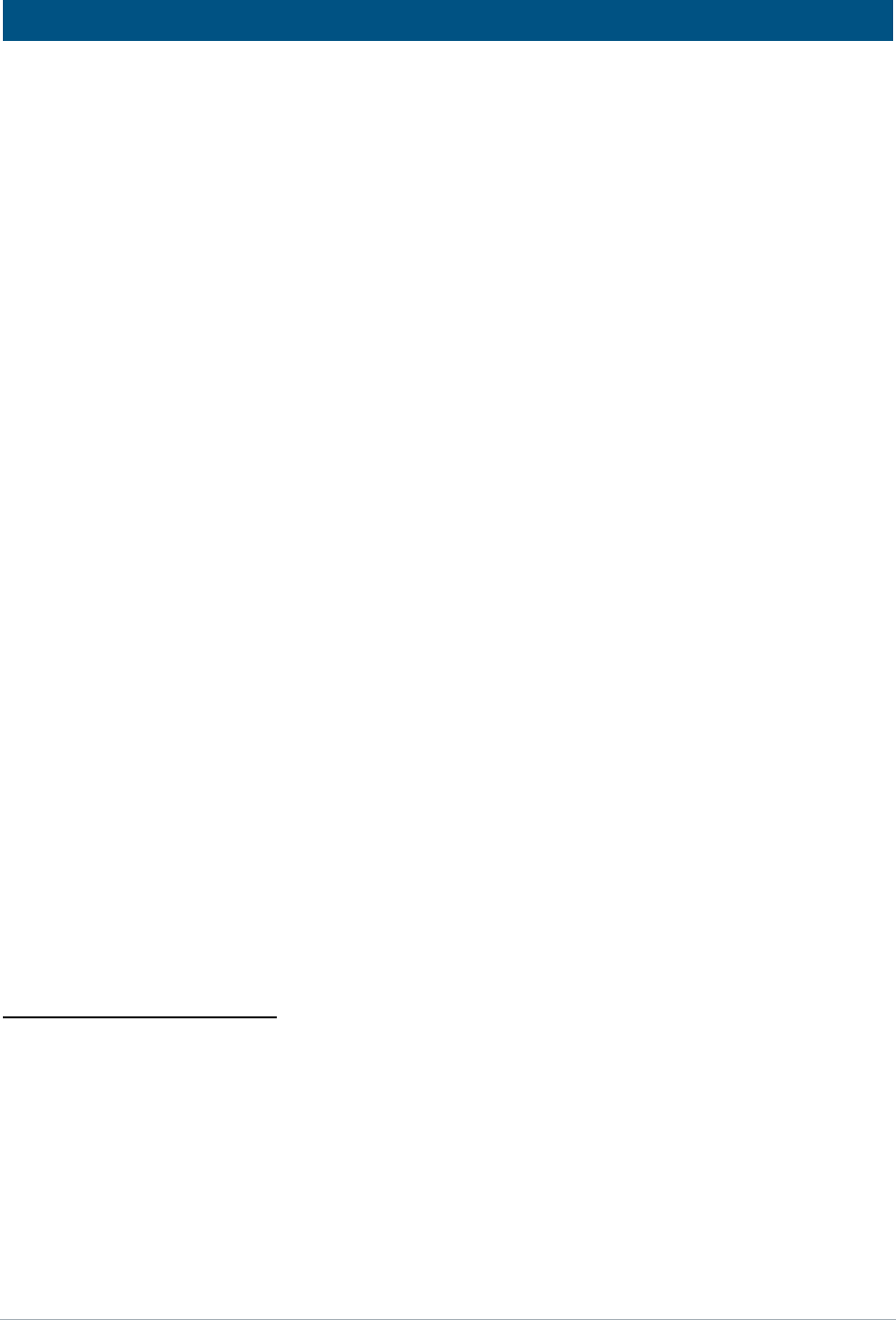
District of Columbia Public Schools | October 2022 Page 2 of 16
Attendance and Truancy Policy
III. KEY TERMS AND DEFINITIONS
2
Absence means a school day when a student is either fully absent or partially absent.
3
DCPS
differentiates between excused and unexcused absences, as explained further in this policy below.
Absenteeism means a pattern of a high frequency of absences.
4
Asynchronous Distance Instruction means non-simultaneous distance instruction where a
student completes work independently without a teacher providing real time instruction.
5
Attendance Action Plan means a written document that is designed to meet the individual and
specialized needs of a student and contains the relevant details of the student’s attendance record,
expected attendance goals, and the school-based or third-party-provided interventions toward
addressing the underlying causes of unexcused absences as determined by the school-based student
support team.
6
Attendance Counselor/Designee means the person(s) designated by the principal to be
responsible for improving student attendance, ensuring students are regularly present in school, and
coordinating and monitoring the attendance interventions designed to increase student attendance and
address truancy.
Attendance Monitor (also known as the attendance point-of-contact (POC)) means the
person(s) designated by the principal of an educational institution to be responsible for collecting,
maintaining, and reporting attendance records that are required pursuant to District of Columbia
compulsory education and school attendance laws, regulations, and OSSE policies for each student
enrolled in the educational institution.
7
Chronically Truant means the condition in which a student of compulsory age, as defined by
D.C. Official Code § 38-202(a), has ten (10) or more days of unexcused absences within a single school
year.
8
Full School Day means the entirety of the instructional hours regularly provided on a single
school day.
9
2
All citations to Chapter 21 (Compulsory Education and School Attendance), Subtitle A (Office of the State
Superintendent of Education) of Title 5 (Education), of the District of Columbia Municipal Regulations (DCMR) are
citations to 5-A DCMR Chapter 21, as amended by OSSE Notice of Emergency and Proposed Rulemaking, 69 DCR
(Sept. 16, 2022).
3
See 5-A DCMR § 2199.1.
4
See 5-A DCMR § 2199.1.
5
See 5-A DCMR § 2199.1.
6
See 5-A DCMR § 2199.1.
7
See 5-A DCMR § 2199.1.
8
See 5-A DCMR § 2199.1.
9
See 5-A DCMR § 2199.1.
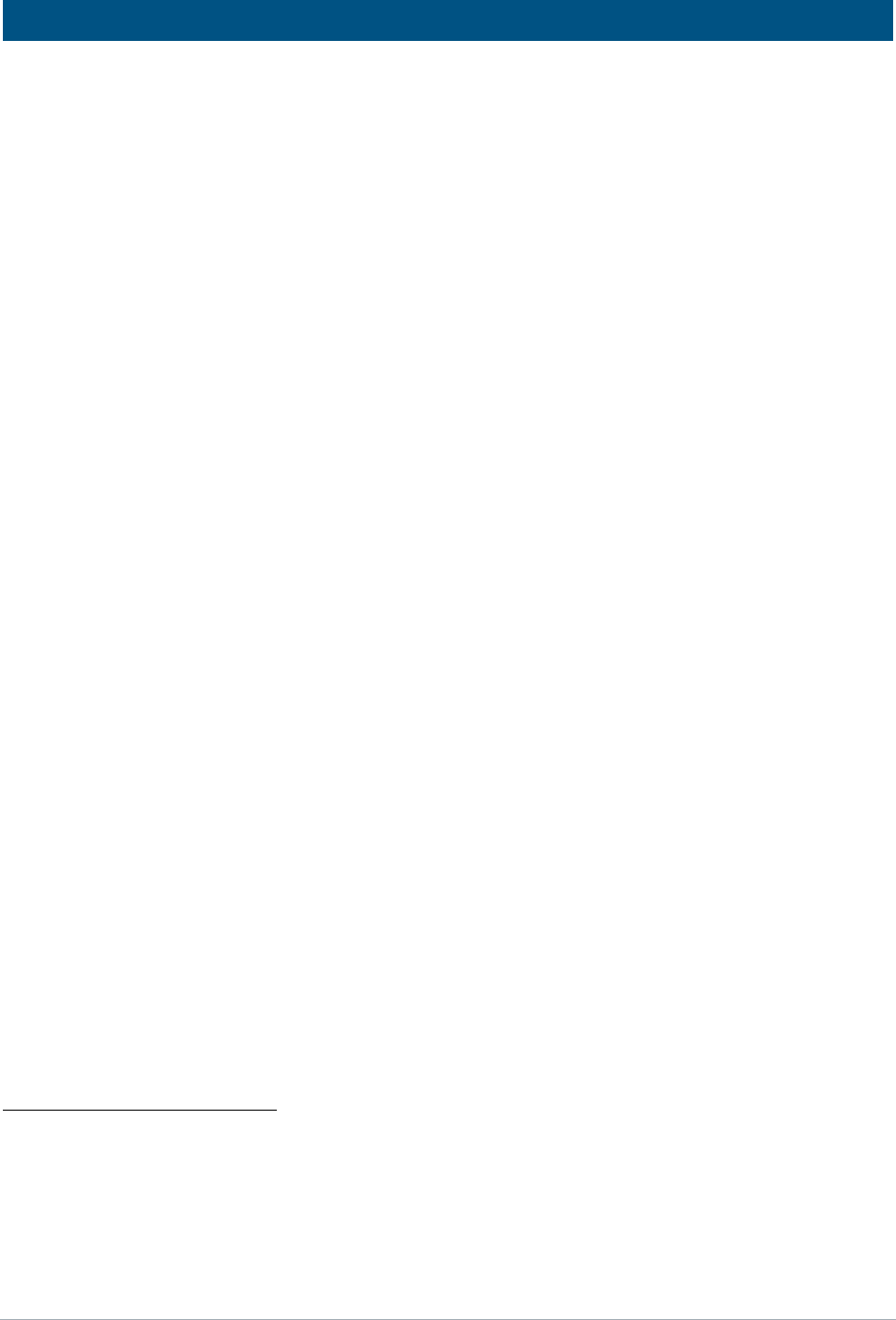
District of Columbia Public Schools | October 2022 Page 3 of 16
Attendance and Truancy Policy
Fully Absent means the designation for a school day when a student is not in attendance for the
entire instructional day. This designation applies to both excused and unexcused full school day
absences.
10
Fully Present means the designation for a school day when a student is present for the entire
instructional day.
11
In-Seat Attendance means the percent of enrolled days that a student is present.
Module means a subdivision of the instructional day such a class period or educational block.
12
MTSS means a
multi-tiered system of supports which provides a guiding framework for
educators, school leaders, and district leaders to remove barriers to learning at the systems level, use
evidence-based practices to support the whole child along a tiered continuum, and make decisions for
targeted and intensive interventions based on data.
MTSS Leadership Team means the group of staff members, which may include the principal,
assistant principal, counselor, social worker, psychologist, school nurse, teachers, special education
staff, attendance counselor and/or attendance designee that leads the MTSS in a school.
Office of the State Superintendent of Education (OSSE) means the State Education Agency
(SEA) for the District of Columbia established by the State Education Office Establishment Act of 2000,
effective October 21, 2000 (D.C. Official Code §§ 38-2601 et seq.), with all operational authority for
State-level functions, except that delegated to the State Board of Education in D.C. Official Code § 38-
2652.
Output means an instructional activity completed by a student during a module of distance
learning that reflects the instruction delivered in the module.
13
Parent means a parent, guardian, or other person who resides in the District of Columbia and
who has custody or control of a minor.
14
Partially Absent means the designation for a school day when a student is present for less than
60 percent of the instructional day. This applies to both excused and unexcused absence.
15
Partially Present means the designation for a school day when a student is present for at least 60
percent of the instructional day regardless of whether the absent period was excused.
16
10
See 5-A DCMR § 2199.1.
11
See 5-A DCMR § 2199.1.
12
See 5-A DCMR § 2199.1.
13
See 5-A DCMR § 2199.1.
14
See 5-A DCMR § 2199.1.
15
See 5-A DCMR § 2199.1.
16
See 5-A DCMR § 2199.1.
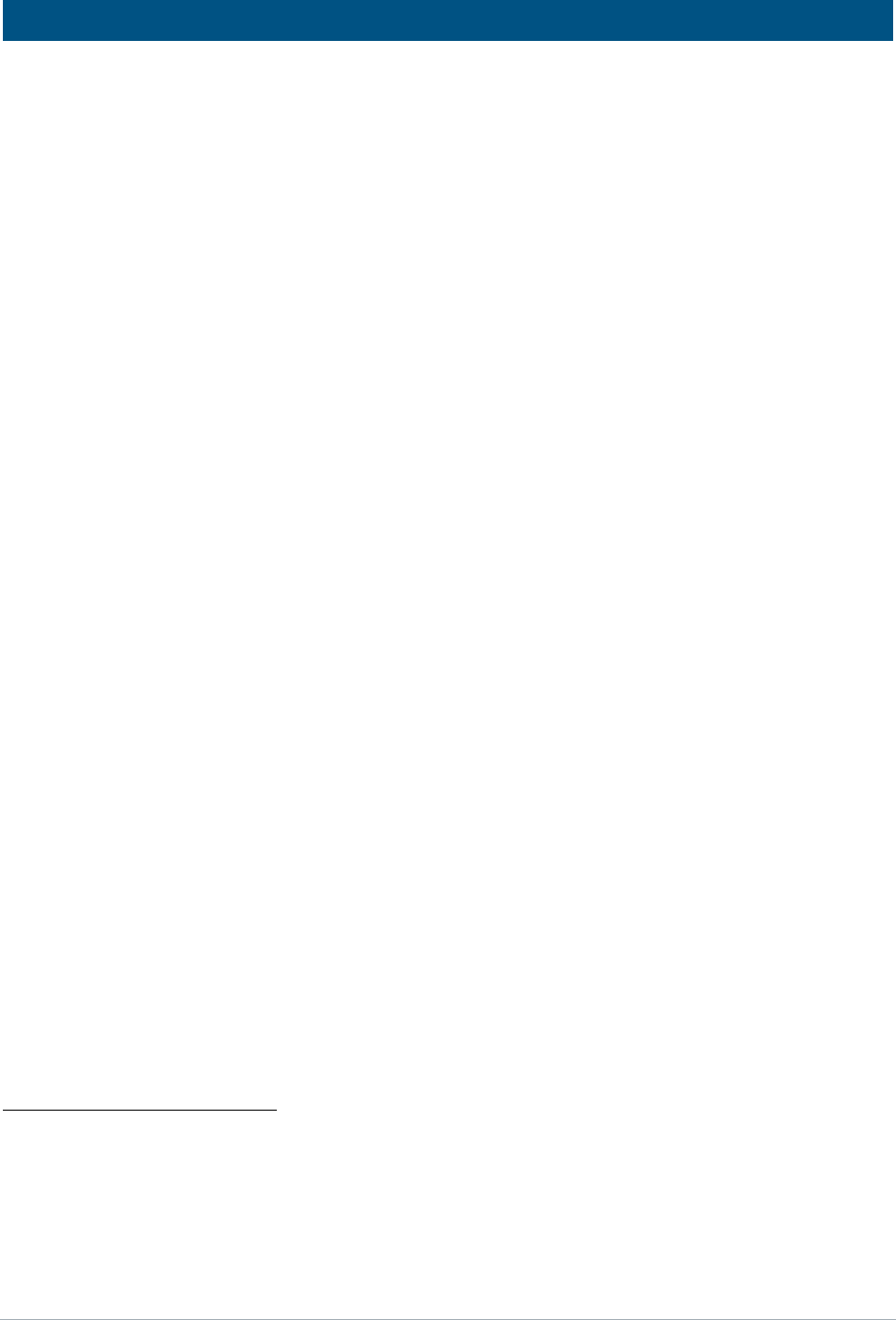
District of Columbia Public Schools | October 2022 Page 4 of 16
Attendance and Truancy Policy
Present means a school day when the student is either fully present or partially present.
17
Quarantine means exclusion from in-person instruction and other activities, by direction of the
authorities of the District of Columbia, due to contagious disease, infection, infestation, or other
condition requiring separation from other students for medical or health reasons.
18
Routine Distance Instruction means the use of distance instruction by a school on a regular or
other basis for instruction that occurs outside of the student’s physical school building for the school
that is part of the virtual instructional model.
19
Situational Distance Learning means a period of time when schools may transition a classroom,
grade level, or the entire school to distance learning when circumstances arise that prohibit a school
from providing instruction due to some temporary, emergency need. Such a need may be to address an
unplanned emergency circumstance (i.e., public health response, operational issue, inclement weather,
etc.). If a school determines that such emergency operational circumstances exist, school leaders must:
receive approval from their instructional superintendent to make the shift, (except for grade level
transitions, which are in the principals’ scope of authority) and once approved, immediately notify
parents and staff of the shift to situational distance learning, ensure that students have adequate access
to learning materials, and mark the day as “Situational Distance Learning” in eSchoolPLUS. A school may
use this flexibility for up to five (5) total days per school year, whether consecutive or intermittent,
without permission. If a District would like a school to use situational distance instruction for more than
five (5) instructional days, the school leaders must request a waiver to go beyond five (5) days.
20
For a student to be considered present in situational distance learning, a school must:
1. Authenticate the student’s presence. This can be done in a number of ways; for example,
ensuring the student sign on to a learning management system through any communication
means (text, phone, camera, etc.); and
2. Ensure that the student completes at least one or more output per situational distance learning
day.
Synchronous Learning means an academic setting where teaching and learning occur
simultaneously such that the teacher is able to react and respond to students in the moment and vice
versa.
21
Student Attendance Conference (SAC) means a meeting held with the Attendance
Counselor/Designee, parent/guardian, and student (as appropriate) to support the individual student by
developing and implementing attendance action plans and intervention strategies that are school- or
community-based and are designed to enhance the student’s success.
22
SACs can be held in-person,
over the telephone, or on a video teleconference.
17
See 5-A DCMR § 2199.1.
18
See 5-A DCMR § 2102.2(b).
19
See 5-A DCMR § 2199.1.
20
See 5-A DCMR §§ 2101.11—2101.17.
21
See 5-A DCMR § 2199.1.
22
See 5-A DCMR § 2103.4 and D.C. Official Code § 38-201(3B). The SAC fulfills school-based student support team
responsibilities.
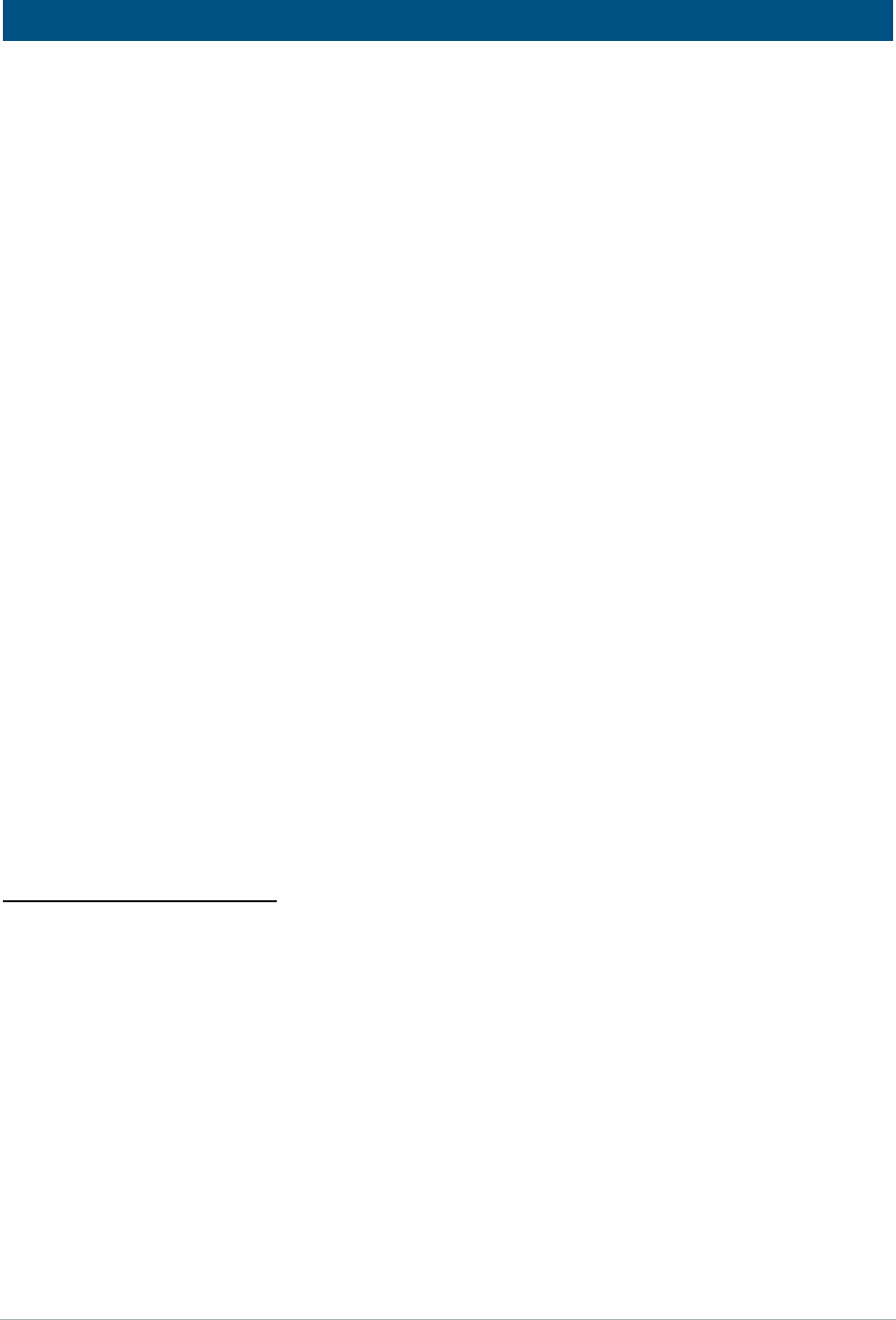
District of Columbia Public Schools | October 2022 Page 5 of 16
Attendance and Truancy Policy
Unexcused Absence means the designation of a day when a student is either fully absent or
partially absent without a valid excuse.
23
IV. REQUIREMENTS
A. General Attendance Requirements
All children who reach five (5) years of age on or before September 30th of the current school year are
considered school-aged and must attend school on time every day until they meet high school
graduation requirements or reach their 18th birthday.
24,25
Once pre-kindergarten (Pre-K) children are
enrolled as DCPS students they are expected to follow the same attendance policies as school-aged
students, including attending school on time every day.
Minors who graduate from high school are no longer required to attend school.
26
Flexible school hours
are permitted for students who reach seventeen (17) years of age, are on-track to graduate on time, and
provide documentation of regular gainful employment.
27
B. School Expectations
All schools must implement a specific protocol for monitoring attendance and absenteeism, including a
focus on prevention of unexcused absences and the use of academic and behavioral interventions to
address the needs of students. School officials are responsible for taking attendance accurately every
day in the student information system (SIS) or through alternative methods established by DCPS.
Additional requirements for documenting attendance and communicating attendance expectations for
approved distance learning models are provided in Appendix A.
Prior to the start of the school year, all school principals must designate an attendance point-of-contact
(POC). At the direction of the Central Services Attendance Team, the attendance POC must ensure
timely submission of attendance records, submit any corrected attendance records within fifteen (15)
business days of submission, and respond in a timely manner to requests for clarification of
submitted attendance records.
23
See 5-A DCMR § 2102.1.
24
See D.C. Official Code § 38-202 requiring regular attendance for students of compulsory age. Regular attendance
includes arriving to school on time.
25
Pursuant to 5-E DCMR § 3002.1(d), a child found by DCPS to be eligible for special education shall remain eligible
to receive services through the end of the semester they turn 22.
26
D.C. Code Official Code § 38-202(b) (“Any minor who has satisfactorily completed the senior high school course
of study prescribed by [DCPS] and has been granted a diploma that certifies his or her graduation from high school,
or who holds a diploma or certificate of graduation from another course of study determined by [DCPS] to be at
least equivalent to that required by [DCPS] for graduation from the public senior high schools, shall be excused
from further attendance at school.”).
27
See D.C. Official Code § 38-202(b)(“Any minor who has reached the age of 17 years may be allowed flexible
school hours by the head of the educational institution in which the minor is enrolled provided he or she is
actually, lawfully, gainfully, and regularly employed, but in no case shall he or she be excused entirely from regular
attendance or excused to the extent that his or her timely graduation would be jeopardized or prevented.”). For
additional information on half-day schedules for employed students, see 5-B DCMR § 2103.2 and 5-E DCMR §
2101.2.
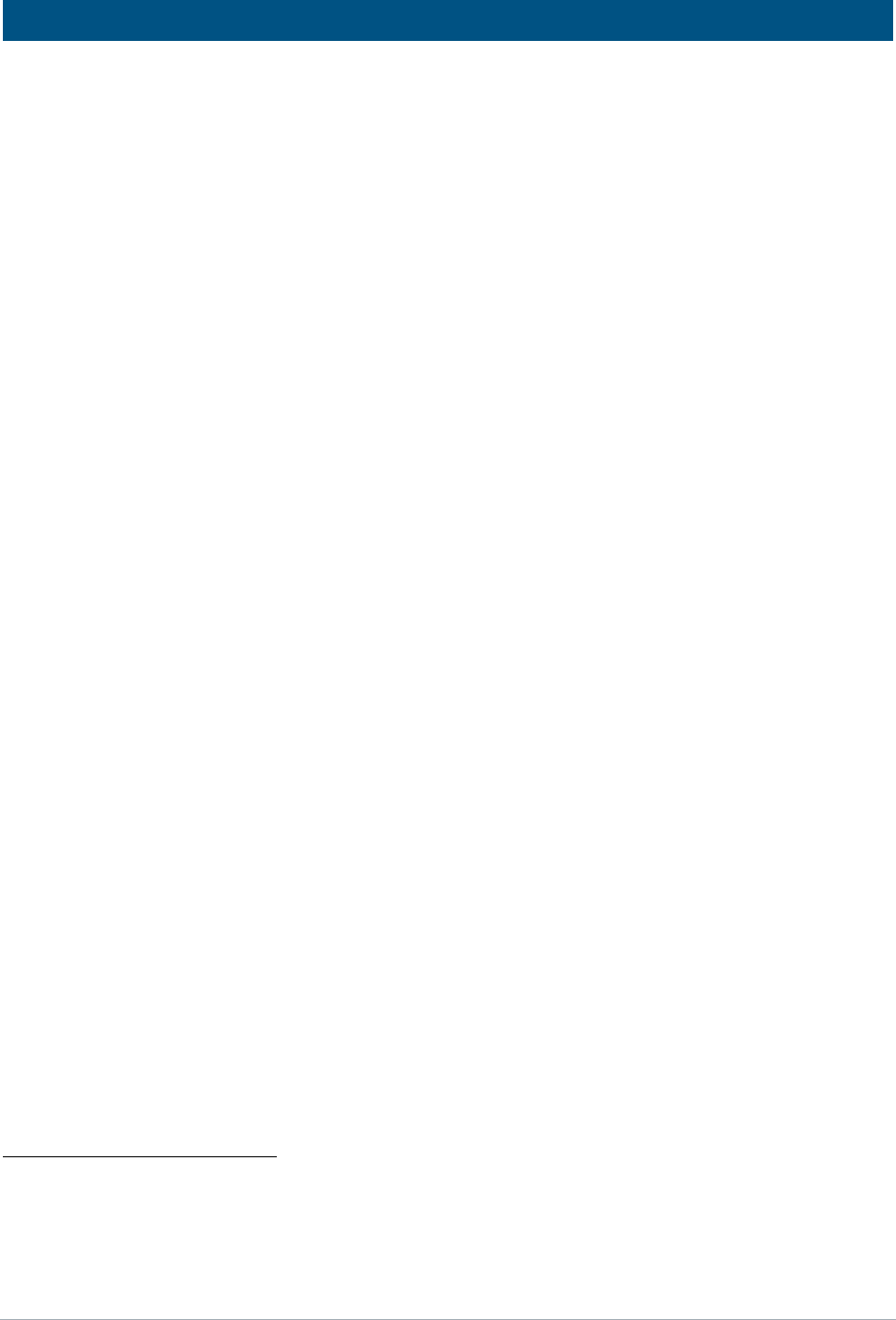
District of Columbia Public Schools | October 2022 Page 6 of 16
Attendance and Truancy Policy
School principals must also select an attendance designee who is responsible for improving student
attendance, ensuring students are regularly present in school, and coordinating and monitoring the
attendance interventions required by this policy to increase student attendance and address truancy. If
the school has an attendance counselor, they will typically fill this role as the attendance designee (as a
result, this role is referred to in this policy as the Attendance Counselor/Designee, or AC/AD), though
this is not required. The person identified as the attendance POC may also have these responsibilities as
the attendance designee.
Teachers are required to take and enter daily attendance for elementary schools and each period for
secondary schools in Aspen. Any student that enters the school building or a class late must be marked
in Aspen as tardy and not absent. Attendance must be correctly entered before the close of each day
and updated daily as the latest information is known.
C. Excused Absences and Required Documentation
In order for an absence to be excused, a written note must be provided to the school by the student’s
parent or guardian prior to a partial or full-day absence or within five (5) school days after the student’s
partial or full-day absence or return to school after an extended period of absence.
28
Written notes may
be submitted via email, text messages, and other written electronic communications. Upon receipt of
appropriate notification and additional documentation where necessary within the five-school day
period, schools must update absences as excused within 48 hours.
All written notes must:
1. Be dated;
2. Include the reason for the absence; and
3. Include the specific dates the student was or will be out of school.
Notes that fail to meet the requirements above will not be considered.
Parents or guardians of students supported by a 504 plan and/or Individualized Education Program (IEP)
must still submit a detailed excuse note for a student absence(s) within a 5-day period.
A student who misses 40% or more of the school day (partially absent) is considered absent for that day
and this absence triggers the need for an excuse note.
Absences for any of the reasons listed in Section C.1 below are excused absences. Absences of five (5) or
more consecutive days for any reason require additional documentation as outlined in Section C.2 in
order to be excused.
28
See 5-E DCMR § 2101.4 (“A written statement from the student’s parent or guardian verifying the reason for the
absence shall be provided upon the student’s return to school.”); 5-A DCMR § 2102.4 (“An educational institution
shall require a written statement from the student’s parent or guardian verifying the reason for an absence and
shall require that the written statement be provided in advance, if practicable, and, if not practicable, upon the
student’s return to school.”).
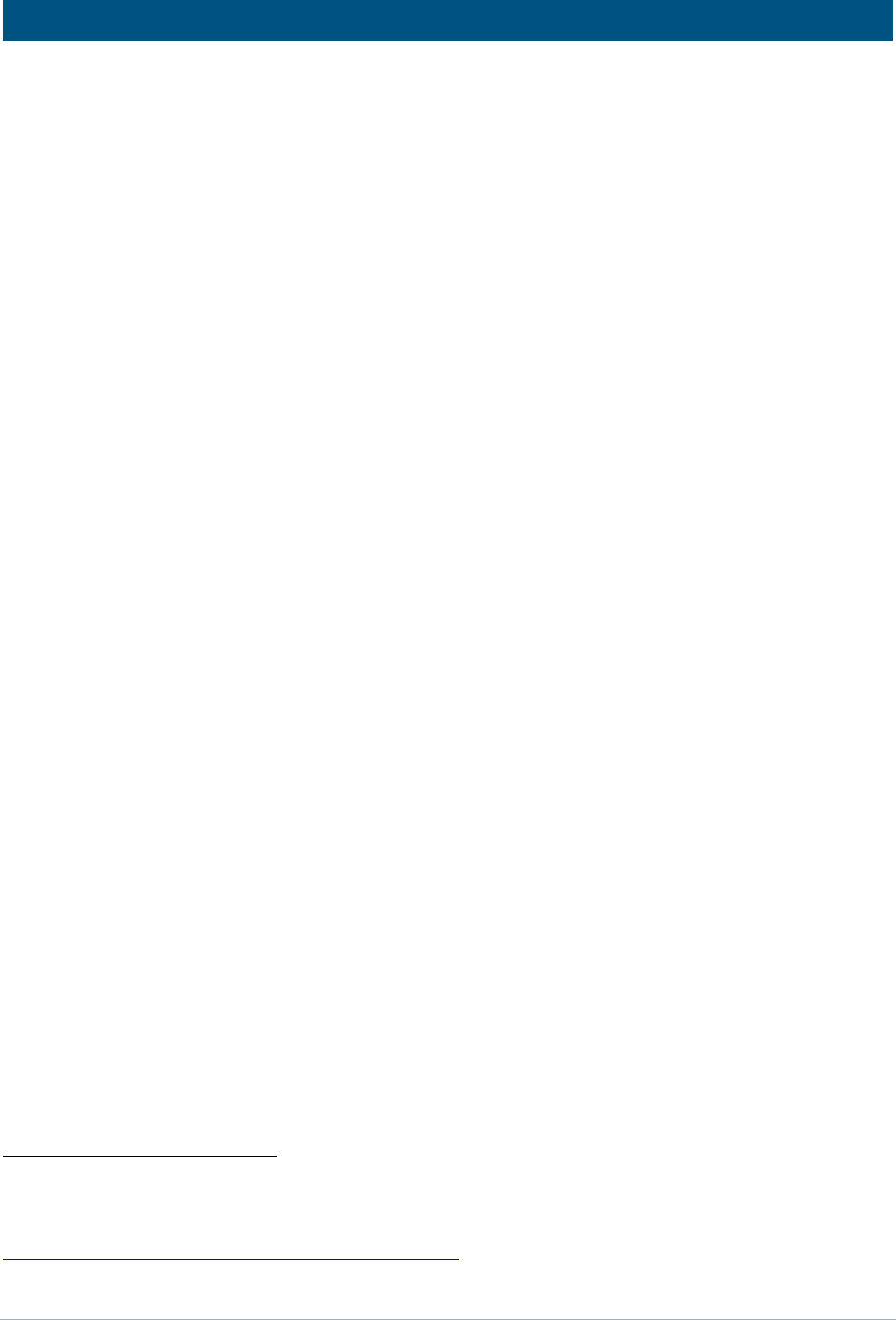
District of Columbia Public Schools | October 2022 Page 7 of 16
Attendance and Truancy Policy
1. Excused Absences
The following absences may be classified as an excused absence
29
upon submission of a parent/guardian
note and, if required, supported by the documentation required in Section C.2:
• Illness of the student (a doctor’s note is required for a student absent five or more consecutive
days);
30
• Illness of a child for parenting students (a doctor’s note is required for a student absent five or
more consecutive days);
• Medical or dental appointments for the student;
• Death in the student’s immediate family;
• Exclusion by direction of the authorities of the District of Columbia, due to quarantine,
contagious disease, infection, infestation, or other condition requiring separation from other
students for medical or health reasons;
• Necessity for a student to attend a judicial proceeding or court-ordered activity, as a party to the
action or under subpoena;
• Observance of a religious holiday;
• Absences to allow students to visit their parent or guardian, who is in the military immediately
before, or immediately after deployment;
• An emergency or other circumstance approved by DCPS.
In addition to the reasons required by regulation, DCPS has classified the following additional
circumstances as excused absences:
• College visits for students in 9th through 12th grades (up to three cumulative days in a school
year);
• School visits for students in K through 8th grades (e.g., a 5th grader visiting a middle school
before enrolling) (up to one day);
• Absences of expectant or parenting students for a time period specified by their doctor and any
accommodations mandated by law;
• Take Our Children to Work Day; and
• Religious events or celebrations outside of a religious holiday (up to five cumulative days in a
school year).
The following absences may also be excused without written documentation from the parents, as
verified by the school:
31
• Lawful out-of-school suspension or exclusion by school authorities;
• Temporary suspension of classes due to severe weather, official activities, holidays,
malfunctioning equipment, unsafe or unsanitary conditions, or other condition(s) or emergency
requiring a suspension of classes; and
• Failure of the District of Columbia to provide transportation in cases where the District of
Columbia has a legal responsibility for the transportation of the student.
29
See 5-A DCMR § 2102.2.
30
Students whose illness requires hospitalization or who are home-bound for more than three weeks may be
eligible for the Home and Hospital Instruction Program (HHIP). For more information, see relevant DCPS policy at
https://dcps.dc.gov/service/home-and-hospital-instruction
.
31
See 5-A DCMR § 2102.2.
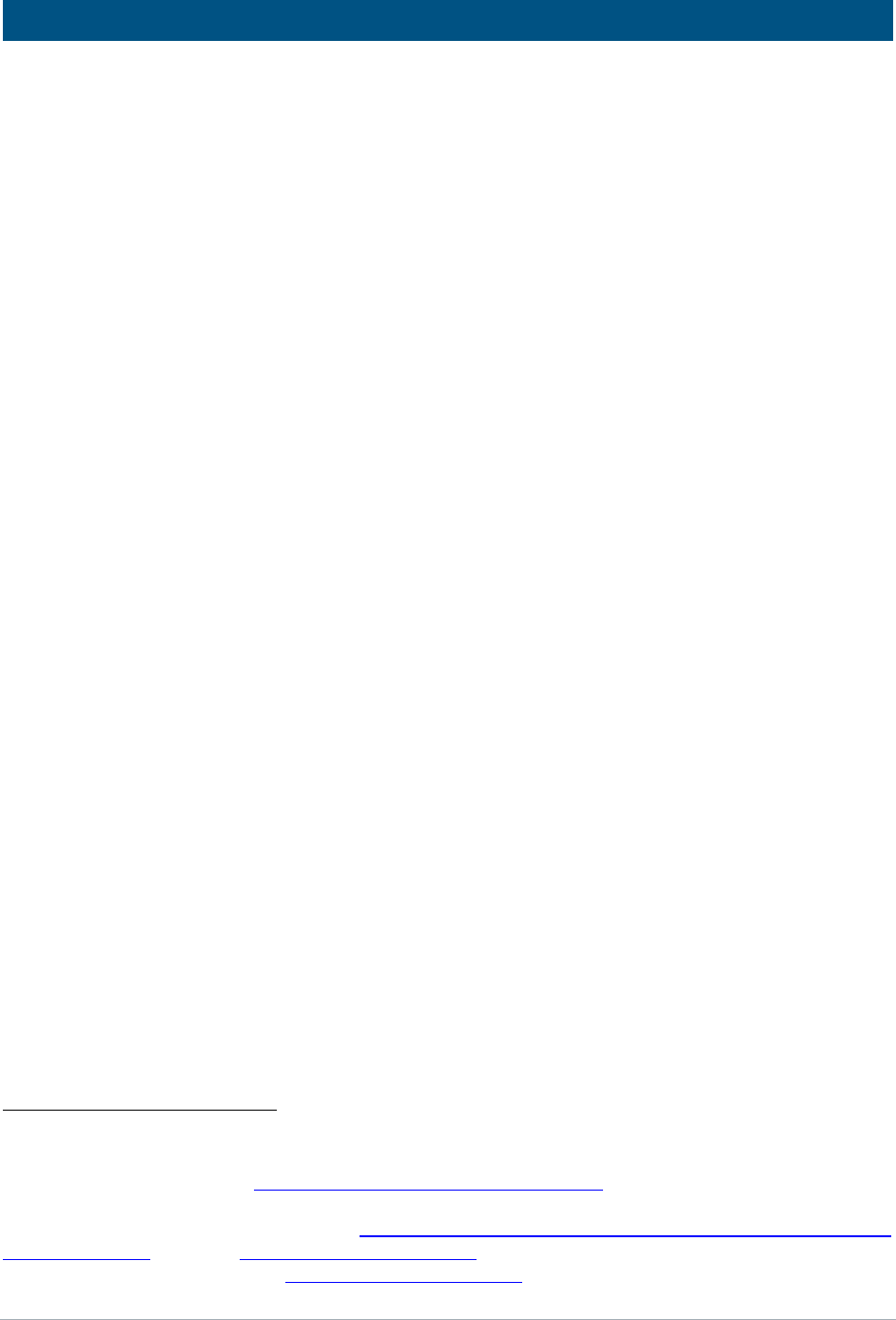
District of Columbia Public Schools | October 2022 Page 8 of 16
Attendance and Truancy Policy
If a student or parent anticipates an absence not covered by the excused absences listed above or
expects to accrue ongoing absences related to a specific condition or circumstance, they may submit a
request for an excused absence due to a special circumstance to the school principal. The principal shall
consult with his or her instructional superintendent before determining whether to grant the excused
absence request. Any absence that does not meet the criteria of an excused absence or fails to satisfy
the documentation requirement of an excused absence within the allowable timeframe will be classified
as an unexcused absence.
2. Required Documentation
A parent or guardian’s written note is sufficient to document any absence of up to four (4) consecutive
days.
32
Any such absence will be excused if it falls under one of the excused absence reasons noted
above.
If a student is absent for five (5) or more consecutive days, further documentation is required beyond
communication by the parent for the absence to be excused as follows:
• Medical or dental absences: Written explanation of the student’s absence must be submitted by
a doctor or staff of a relevant agency on official doctor/dentist office letterhead and signed by a
relevant official;
• Judicial proceedings: A student’s required presence at judicial proceedings must be established
by a document from the court stating the need for the student’s presence on all the relevant
dates; and
• Death in the student’s immediate family: Funeral programs may be accepted as appropriate
documentation.
a. Isolation and Quarantine Documentation Requirements
For students who are required to isolate because they have tested positive for COVID-19, the parent or
guardian must provide written documentation of the isolation. The written note must include the date
of COVID-19 exposure and include evidence of a positive COVID-19 test. Additional requirements for
documenting attendance related to quarantine and isolation are provided in Appendix B.
D. Immunization and Attendance Requirements
To attend school in the District of Columbia, including public, private, parochial, and independent
schools, students must be immunized in compliance with DC Health’s requirements.
33,34
DCPS does not
establish vaccination requirements but must verify that all students comply with these requirements. DC
law permits medical or religious exemptions from student immunization requirements under limited
circumstances.
35
32
DCPS divides its academic calendar into four terms, also known as grading periods or advisory periods, each
consisting of a nearly equal number of school days. There are two terms in a semester.
33
Please visit DC Health’s site at https://dchealth.dc.gov/page/immunizations for immunization information.
34
See D.C. Official Code § 38-503; 5-E DCMR § 5300.1, et seq. For more information, please visit the DC Office of
the State Superintendent of Education (OSSE)
No Shots, No School! District of Columbia Immunization Policy for In-
Person Attendance website at http://bit.ly/NoShotsNoSchool.
35
For more information, please visit http://bit.ly/NoShotsNoSchool.
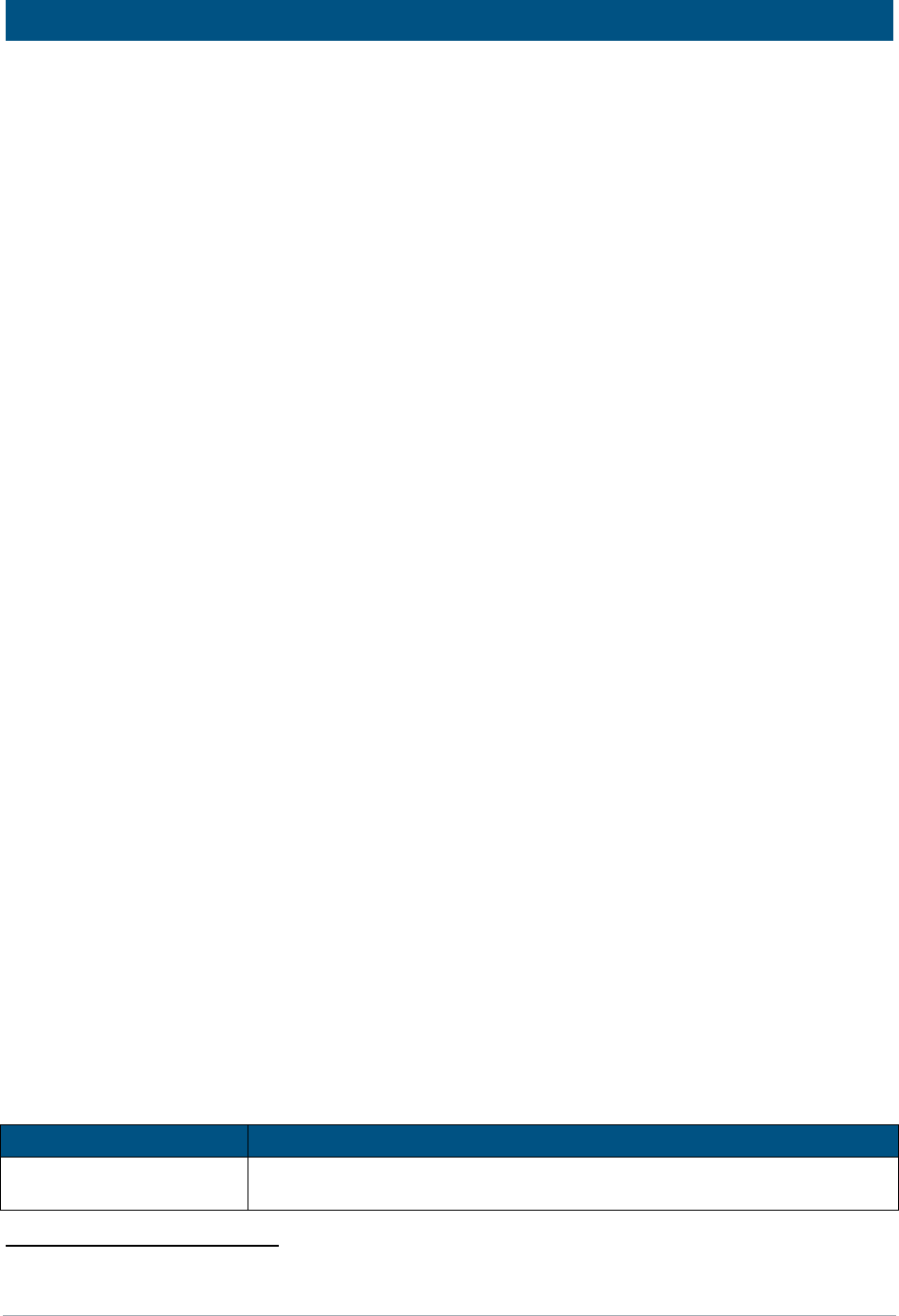
District of Columbia Public Schools | October 2022 Page 9 of 16
Attendance and Truancy Policy
If a student’s medical record does not demonstrate compliance, or documented medical or religious
exemptions, the school must immediately notify the parent/guardian or adult student in writing of the
missing immunization(s). If the student does not come into compliance within a 20-school day period,
the school must remove the student from school until the parent/guardian provides the necessary
documentation. Such removal will be considered an unexcused absence and may require interventions
outlined in the Attendance Protocol listed in Sections F.5 and F.6 of this Policy.
E. Absences Due to School-Sponsored Activities
1. Athletics
Students participating in DCPS-sponsored athletic events during regular school class hours are
considered present. Students must adhere to all attendance requirements as dictated by state
regulations and DCPS policy. In order to participate in any athletic tryout, practice, game, or
match, a student must be present in school on the day of that event, unless the student has an
excused absence.
36
Medically eligible students participating in virtual instruction will not be
eligible for in-person activities and athletics. Similarly, students absent due to quarantine will not
be eligible for in-person activities and athletics.
2. Other Activities
Students participating in DCPS-sponsored events, field trips, or study abroad travel during the
regular school day are considered present.
3. Individualized Education Program (IEP) or 504 Plan Service Delivery
Students who miss class to receive related services documented on their IEPs or 504 plans
are considered present.
4. Suspensions
Students shall be marked present while serving in-school suspensions. Student absences due to out-of-
school suspensions shall be classified as excused.
F. School-Based Attendance Interventions Related to Absences
1. Students in Grades K-12
The following school-based attendance interventions apply to all students in grades K-12, including
students accessing virtual instruction:
Timeline
School Responsibilities
Each unexcused absence
(full or partial absences)
Robo-call (sent from Blackboard) sent to family on each night a student has the
equivalent of one day of unexcused absence.
36
5-F DCMR § 104.8.
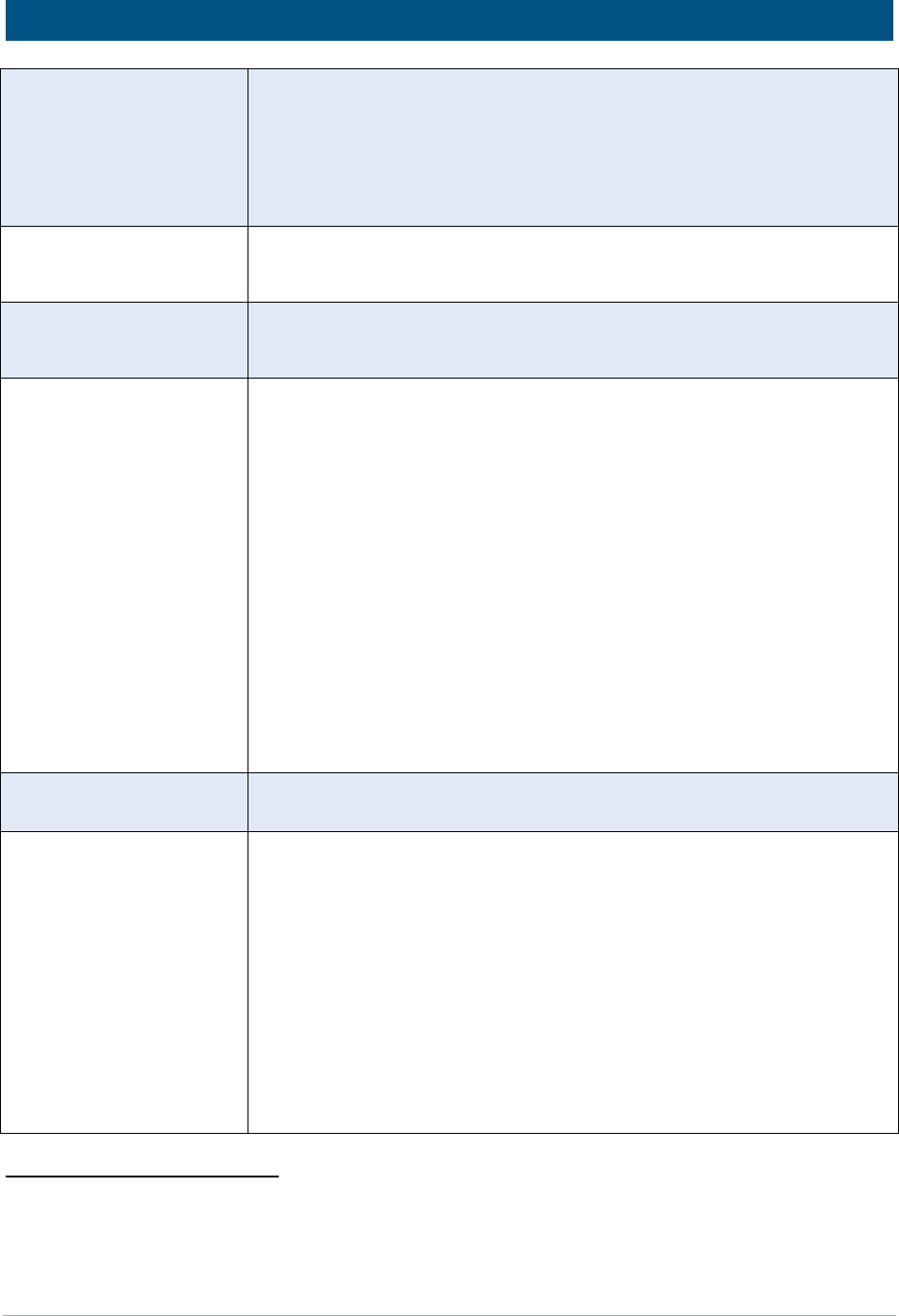
District of Columbia Public Schools | October 2022 Page 10 of 16
Attendance and Truancy Policy
3 cumulative partial or full -
day unexcused absences
AC/AD sends 3-Day Universal Absence Letter to parent from Aspen.
For virtual students only, AC/AD calls the student’s home to complete a wellness
check. The wellness check must include a discussion of the student’s attendance,
including the identification of technology or other barriers and any other
challenges and potential resources needed to support student success.
4 cumulative partial or full-
day absences (excused or
unexcused)
Teacher calls the student’s home to discuss the student’s attendance.
5 cumulative partial or full-
day unexcused absences
AC/AD sends 5-Day Universal Absence Letter from Aspen to the student’s home
notifying the parent/guardian that a Student Attendance Conference (SAC) will
be held.
37
5 cumulative full-day
unexcused absences
AC/AD holds an SAC with the parent and the student, if appropriate, to
determine and document root causes of absences and provide related
interventions and develop an Attendance Action Plan within 5 days of the
referral. The AC/AD documents this meeting in Aspen. If the student has an IEP,
the AC/AD must alert the local education agency representative designee
(LEARD) and Case Manager.
On a weekly basis, AC/AD will provide the MTSS Leadership Team with a list of all
students who have reached the 5-day unexcused absence threshold, along with a
report that summarizes the barriers identified during SAC meetings.
Students who have reached the 5-day unexcused absence threshold are
reviewed by the MTSS Leadership Team to consider whether more targeted
supports are needed. If a Tier ll or lll referral is needed for any student, this
referral will be made in the MTSS system and school-based MTSS intervention
POC will reach out to the AC/AD for existing SAC documents.
38
7 cumulative full-day
unexcused absences
AC/AD sends Metropolitan Police Department (MPD) Warning Letter to parent
using Aspen.
10 cumulative partial or full-
day unexcused absences
_______________________
10 cumulative full-day
excused absences
AC/AD sends 10-Day Universal Absence Letter to parent from Aspen.
MTSS Leadership Team reviews lists of all students (ages 5-17) who have
reached the 10-day unexcused absence threshold to consider whether more
targeted support is needed. If a Tier ll or lll referral is needed for any student, this
referral will be made in the MTSS system and school-based MTSS intervention
POC will reach out to the AC/AD for existing SAC documents.
___________________________________________________________
Note that for students aged 5 – 13 only: If all attendance interventions have been
executed and documented in Aspen, AC/AD refers student to CFSA for
educational neglect.
37
See 5-A DCMR § 2103.4
38
MTSS cannot be used to delay the initial evaluation of a student who may have a suspected disability. DCPS must
always initiate the special education referral and initial evaluation process for a student who may be a child with a
disability in need of special education and related services.
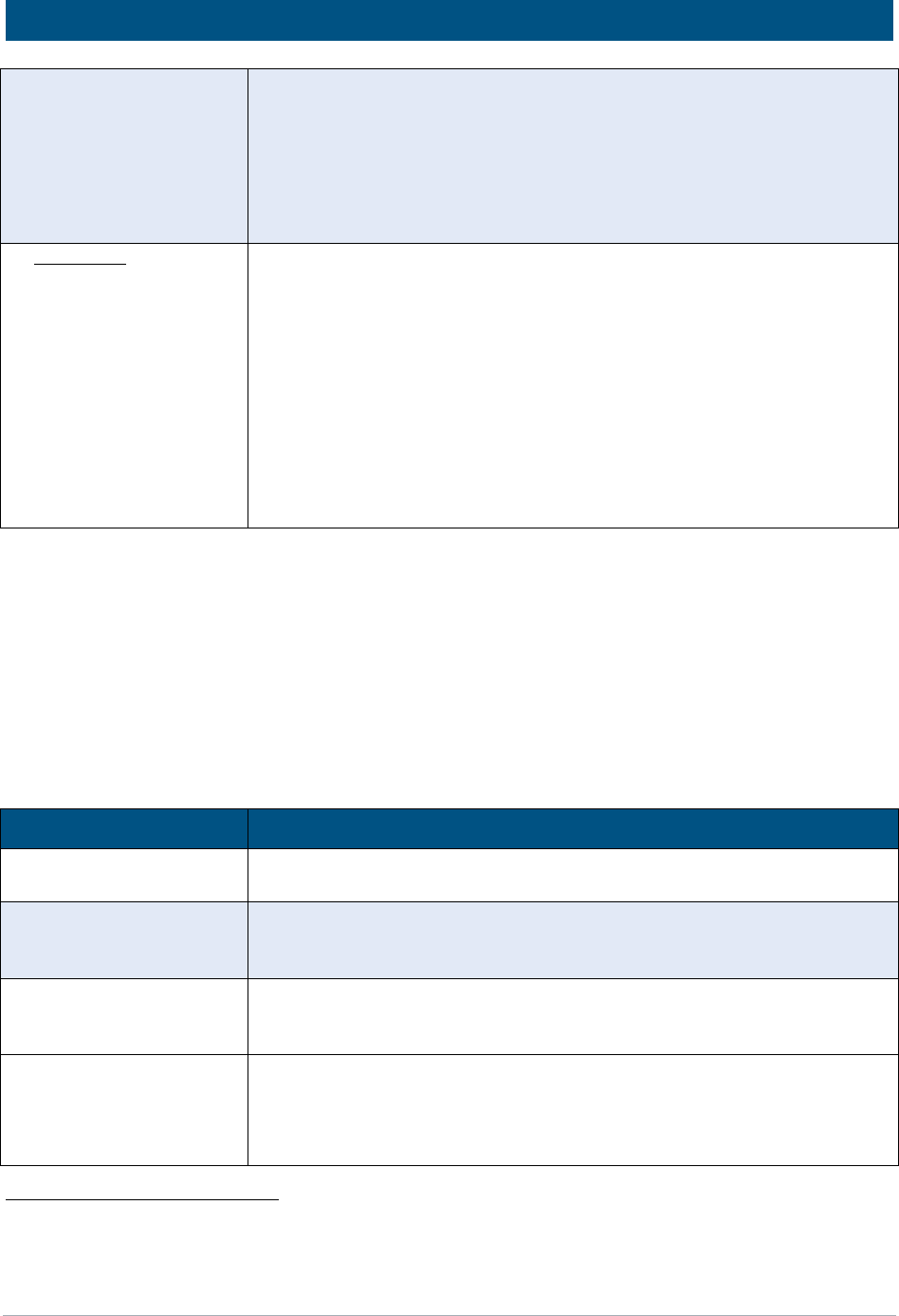
District of Columbia Public Schools | October 2022 Page 11 of 16
Attendance and Truancy Policy
15 cumulative partial or full-
day unexcused absences
_______________________
15 cumulative full-day
unexcused absences
AC/AD sends 15-day Universal Absence Letter to parent from Aspen.
____________________________________________________________
Note that for students aged 14 – 17 only: If all interventions have been executed
and documented in Aspen, AC/AD, in conjunction with their Attendance
Specialist, will refer student/family to the Court Social Services Division and the
Office of the Attorney General.
20 consecutive full-day
unexcused absences
39
AC/AD sends initial withdrawal letter to parent and makes phone call to
student’s home to notify parent/guardian that the student is eligible to be
withdrawn from school.
AC/AD must also send a final withdrawal letter to parent after all outreach has
been completed notifying parent of intent to withdraw. Schools must have
executed all required interventions before withdrawing a student, and schools
must record all documentation in Aspen and have received approval by the
principal and Instructional Superintendent. Students receiving special education
services through an IEP cannot be withdrawn without the school demonstrating
additional reasonable efforts to contact the parent and receiving approval from
the DCPS Division of Specialized Instruction.
2. Students in Pre-K
Pre-K students are subject to the same requirements regarding excused and unexcused absences as K-
12
th
grade students. Although attendance-based referrals to CFSA are not required for students below
the age of five (5), schools are required to implement school-based attendance interventions as
described below.
40
The following school-based attendance interventions related to absences apply for Pre-K students in all
learning models:
Timeline
School Responsibilities
Each unexcused partial or
full-day of absences
Robo-call (sent from Blackboard) sent to family at night on each day a student
has the equivalent of one day of unexcused absence.
3 cumulative days of partial
or full-day unexcused
absences
AC/AD sends 3-Day Universal Absence Letter to parent from Aspen.
4 cumulative partial or full-
day absences (excused or
unexcused)
Teachers call the student’s home to discuss the student’s attendance.
5 cumulative partial or full-
day unexcused absences
AC/AD sends 5-Day Universal Absence Letter from Aspen to the student’s home
notifying the parent/guardian that a Student Attendance Conference (SAC) will
be held.
39
See D.C. Official Code § 38-236.04(c).
40
Because Pre-K students are not of compulsory school age, schools are not required to contact CFSA to report the
accumulation of full-day unexcused absences.
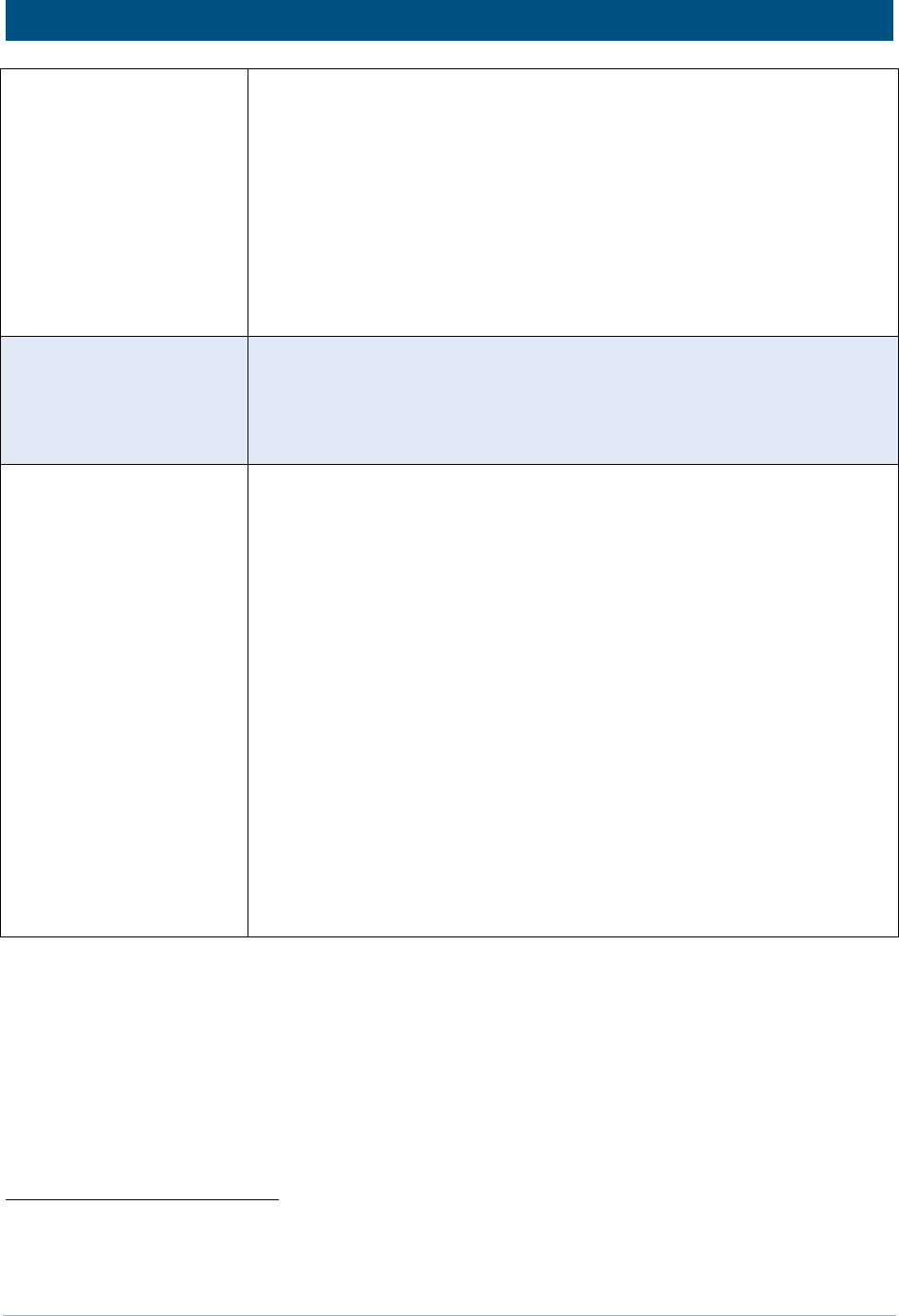
District of Columbia Public Schools | October 2022 Page 12 of 16
Attendance and Truancy Policy
5 cumulative full-day
unexcused absences
AC/AD holds a SAC with the parent to determine and document root causes of
absences and provide related interventions and develop an Attendance Action
Plan. The AC/AD documents this meeting in Aspen. For the schools who receive
Early Childhood Education (ECE) Family Service Team support (Title 1 schools), a
referral should be made to the ECE Family Services Team.
If the AC/AD and SAC are unable to reach the family through telephone calls,
texts, and emails, they should contact emergency contacts and other known
contacts. If no contact can be made or the welfare of the student cannot be
determined, the team should consult with the ECE Team to determine whether
a CFSA referral should be made.
10 cumulative days of day
absences
10 cumulative full-day
absences
AC/AD sends 10-Day Universal Absence Letter from Aspen to the student’s home
Note that for students aged 5 – 13 only: If all attendance interventions have been
executed and documented in Aspen, AC/AD refers student to CFSA for
educational neglect.
20 consecutive full-day
unexcused absences
41
AC/AD contacts the student’s family to complete a wellness check through
telephone calls, texts, and emails. The wellness check includes a discussion of the
student’s attendance, including the identification of technology or other barriers,
and any other challenges and potential resources needed to support student
success.
AC/AD contacts emergency contacts and other known contacts and consults with
their Central Services Attendance Specialist and the Early Childhood Education
Division prior to making a withdrawal determination.
Pre-K students may, but are not required to be, unenrolled due to unexcused
absences unless the student has reached 20 full-school-day consecutive
unexcused absences and the school has:
• documented all instances of family outreach and offers of support
services;
• complied with all special education notice requirements; and
• received approval from the Central Services Early Childhood Education
Division.
No Pre-K student may be unenrolled due to late arrival to school.
G. Prohibited Actions Related to Absenteeism
DC law prohibits specific actions related to student truancy and absenteeism as follows:
• No student, except a student over 18 years of age at a school where more than half of the
students are over 18 years of age, may be expelled or subject to an out-of-school suspension or
disciplinary unenrollment for an unexcused absence or late arrival to school.
42
41
See D.C. Official Code § 38-236.04(c).
42
Id. The Student Fair Access to School Amendment Act of 2018, D.C. Law 22-157, defines a “disciplinary
unenrollment” as the expulsion or involuntary transfer of a student from school. (D.C. Official Code § 38-236.01(3))
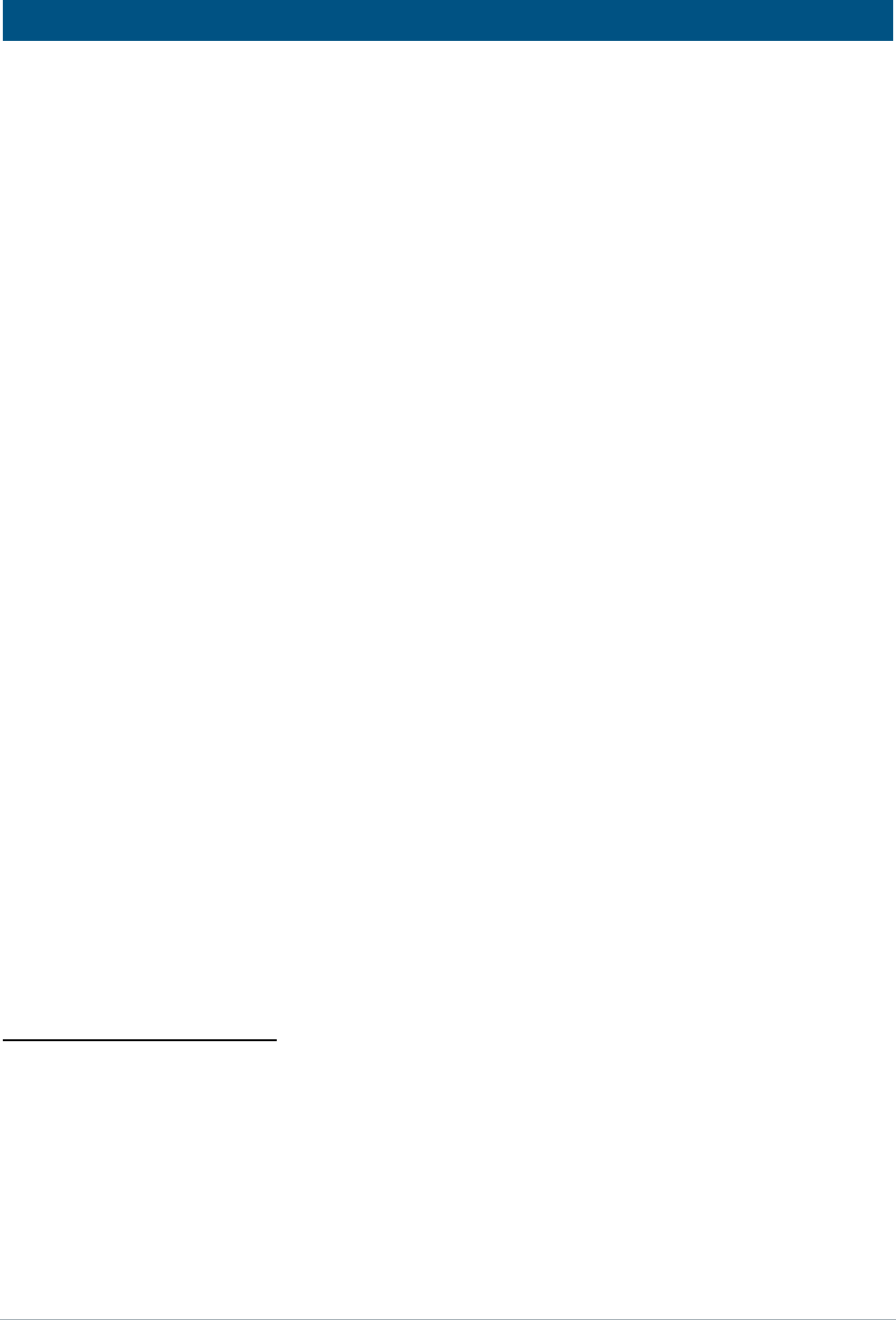
District of Columbia Public Schools | October 2022 Page 13 of 16
Attendance and Truancy Policy
• No student may be unenrolled for absenteeism unless the student has accumulated 20 or more
consecutive full-school-day unexcused absences and the school has taken and documented all
required actions and contacted the student’s family.
43
• No student may be transferred from their school for absenteeism, including students who are
attending an out of boundary school.
44
A student may only be unenrolled if the student has
accumulated 20 or more consecutive full-school-day unexcused absences.
45
• No student may be withdrawn at the beginning of the school year unless they fail to attend at
least one (1) day of school in the first three (3) weeks of school without notification for such
absence, or transfer to another educational institution. Schools are required to meet the “no
show” protocol prior to withdrawing any student. The “no show protocol” is a process through
which students are withdrawn from school when they are enrolled but fail to register.
H. Attendance, Grading, and Promotion
Student grading and promotion can be impacted by an accrual of unexcused absences as follows:
• Secondary students with ten (10) unexcused absences in any class shall receive an initial written
notice that they are at risk of receiving a grade of “FA” (failure due to absences) in that subject
upon accumulating more than thirty (30) unexcused absences unless an exception applies.
46
• Secondary students with fifteen (15) unexcused absences in any class shall receive an additional
written warning that they are at risk of receiving a grade of “FA” (failure due to absences) in that
subject upon accumulating more than thirty (30) unexcused absences.
47
• Secondary students accumulating more than thirty (30) unexcused absences in a course within a
full school year shall receive a failing final grade in that course with a resulting loss of course
credit.
48
• Students accumulating more than thirty (30) unexcused absences within a school year shall only
be promoted if a written justification is submitted by the principal to the Chancellor,
49
or the
student attends summer school and is reevaluated for promotion.
50
I. Late Arrival for Secondary Students
Students will be marked tardy if they arrive in class five (5) minutes or more after the official start of the
period.
• On in-person instructional days, teachers must review attendance at the conclusion of each
class to ensure that late students are marked tardy rather than absent.
• Students who enter class late should be given clear guidance regarding how to get caught up
with the class lesson.
43
Id. The Student Fair Access to School Amendment Act of 2018, D.C. Law 22-157, defines a “disciplinary
unenrollment” as the expulsion or involuntary transfer of a student from school. (D.C. Official Code § 38-236.01(3))
44
Id. The Student Fair Access to School Amendment Act of 2018, D.C. Law 22-157, defines a “disciplinary
unenrollment” as the expulsion or involuntary transfer of a student from school. (D.C. Official Code § 38-236.01(3))
45
See D.C. Official Code § 38-236.04(c).
46
5-B DCMR § 2103.4.
47
5-B DCMR § 2103.5.
48
5-B DCMR § 2103.6.
49
D.C. Official Code § 38-781.02(c)(2).
50
D.C. Official Code § 38-781.05.

District of Columbia Public Schools | October 2022 Page 14 of 16
Attendance and Truancy Policy
• Students will be allowed to enter their scheduled course regardless of what time they arrive.
• There is no point in a class period that a tardy will convert to an absence. If a student attends a
portion of the class, he or she will be considered present and tardy.
• Students must always have access to make-up work.
• Multiple instances of a student being tardy may not be accumulated to count as an absence.
• Responses to student tardiness should be appropriate and logical. A student cannot be
suspended due to being tardy.
J. Early Dismissal for All Students
DCPS will not recognize early dismissal of students unless that dismissal is related to an excused
absence. Parents must notify the school when requesting an early dismissal.
V. POLICY IMPLEMENTATION REQUIREMENTS
All DCPS employees are required to comply with the requirements set forth in this policy. In order to
support its implementation, principals are expected to make all staff aware of required activities and
timelines on an annual basis. Implementation of this policy will be reinforced through a central oversight
process that includes regular data reviews, record sampling, reviews of underlying documentation, and
site visits as needed. This framework will ensure that together we build a system of continuous
improvement and prevent noncompliance. For key guidance and support with questions, training, or
implementation, please visit dcps.dc.gov
.
DCPS is committed to serving every student with equity, excellence, transparency, and accountability.
For any concerns or violations about this directive, contact the Chief Integrity Officer either by
completing the Online Referral Form available at https://dcps.dc.gov/page/office-integrity
or sending an
email to [email protected].
VI. CENTRAL SERVICES RESOURCES FOR SCHOOL LEADERS
A. Attendance and Truancy Questions
For key guidance and support with questions, training, or implementation, please contact the Central
Services attendance point of contact assigned to your cluster. If you need additional assistance or
assistance identifying your cluster point of contact, please contact Andrea Allen, the Director of
Attendance and Support Services, at [email protected]
.
B. Attendance Data Entry
Attendance POCs are responsible for ensuring the accuracy of school-level attendance information in
Aspen. School principals are responsible for certifying the accuracy of school level attendance. For
assistance with the entry and maintenance of student attendance data, please contact your school’s
assigned attendance specialist. For key guidance and support with Aspen, please
contact the Helpdesk at 202-442-5717.
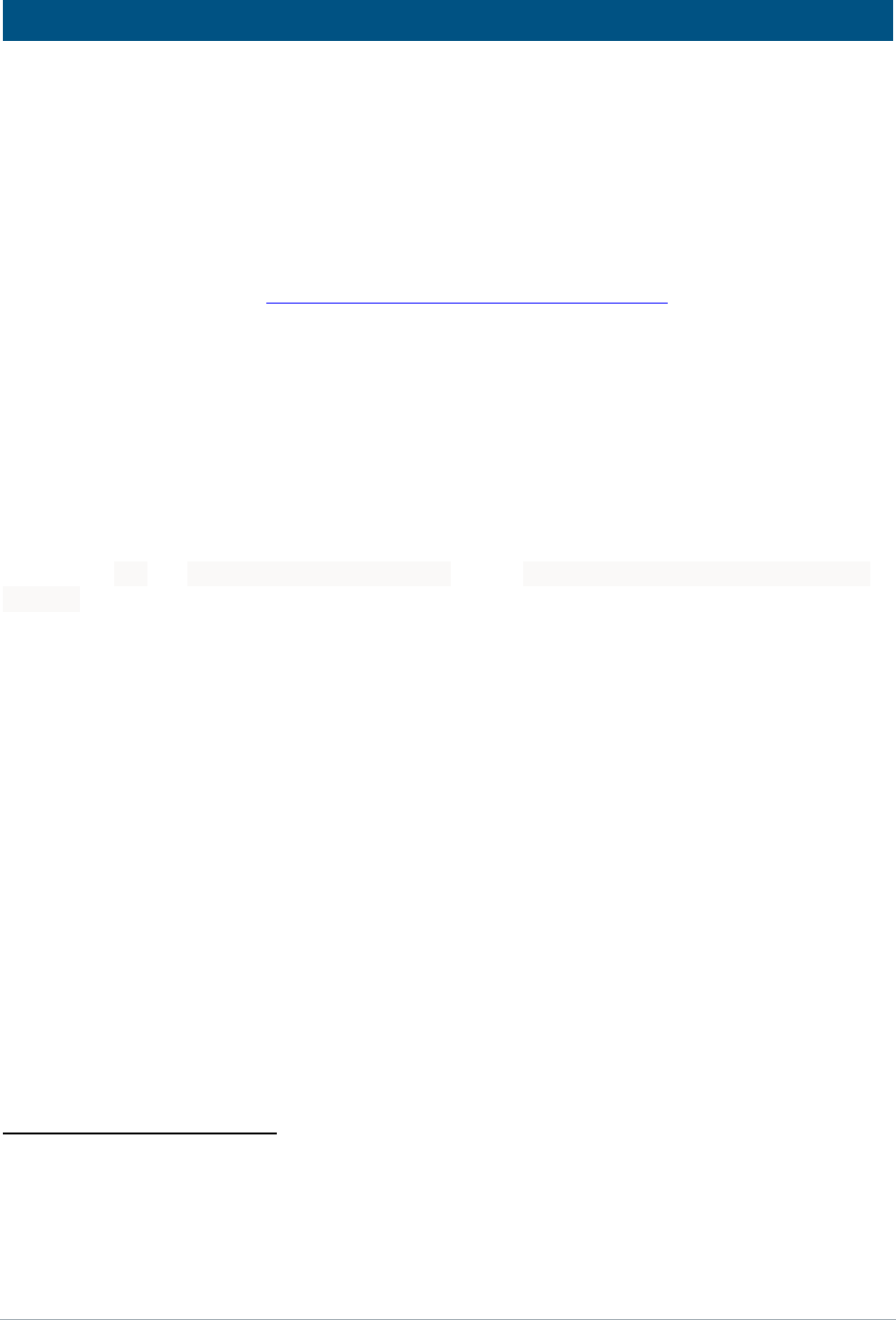
District of Columbia Public Schools | October 2022 Page 15 of 16
Attendance and Truancy Policy
Appendix A: Virtual Instruction for Secondary Students
For school year 2022-23, DCPS is offering virtual instruction for a limited number of high school
students. The virtual learning program is offered only at DCPS’s Opportunity Academies (Luke C. Moore,
Ballou STAY, and Roosevelt STAY) and is available to any interested DC student in grades 9-12 on a first
come, first served basis (up to 200 students). Virtual students in the program are enrolled in one of the
three OA programs (which will be their school of record). Additionally, they will also be cross enrolled in
the virtual program.
51
Additional information about this limited virtual option, including eligibility
requirements, can be found at https://dcps.dc.gov/page/opportunityacademy
.
Virtual students accessing virtual instruction will be required to attend daily (synchronous or
asynchronous) instruction with their assigned teachers according to their course schedules.
A. Recording Student Attendance
As per OSSE 5-A DCMR § 2101.12 emergency and proposed rulemaking, and pending final rule adoption,
students will be asked to turn on their cameras to confirm their “presence” during roll call.
52
If a student has a technology or internet connectivity issue that prevents them from accessing
synchronous instruction for all or part of a school day, the student or their parent or guardian must
immediately call their school to report the issue and indicate what the student will be working on that
day. The AC/AD will enter the “Emergency/Other Approved” code for any classes the student will miss
as a result. School should immediately work with the family to address any technology issues preventing
students from accessing virtual instruction.
B. Absences
Absences for virtual students will be reviewed by the Attendance POC and coded as “excused” or
“unexcused” according to section C.2 of this policy. However, if a family is unable to submit
documentation electronically due to challenges with technology, the family should contact the school
attendance POC to describe the documents and maintain a copy of the documentation to provide to the
school in hard copy if requested to do so when health conditions allow.
C. Attendance Interventions
In addition to the standard attendance interventions described above in Section F, the AC/AD will also
be required to conduct a wellness check phone call when a student reaches three (3) unexcused
absences to identify any technical barriers or other challenges and document the outcome of the phone
call in the Aspen communication journal.
51
DCPS’ opportunity academies (e.g., Roosevelt STAY, Luke C. Moore) must offer in-person activities to those
students who request it, but students may also elect virtual learning and are not required to use the medical
certification process to do so.
52
To support equity and privacy issues, students should be provided clear instructions on how to blur their
background or use an alternate background.
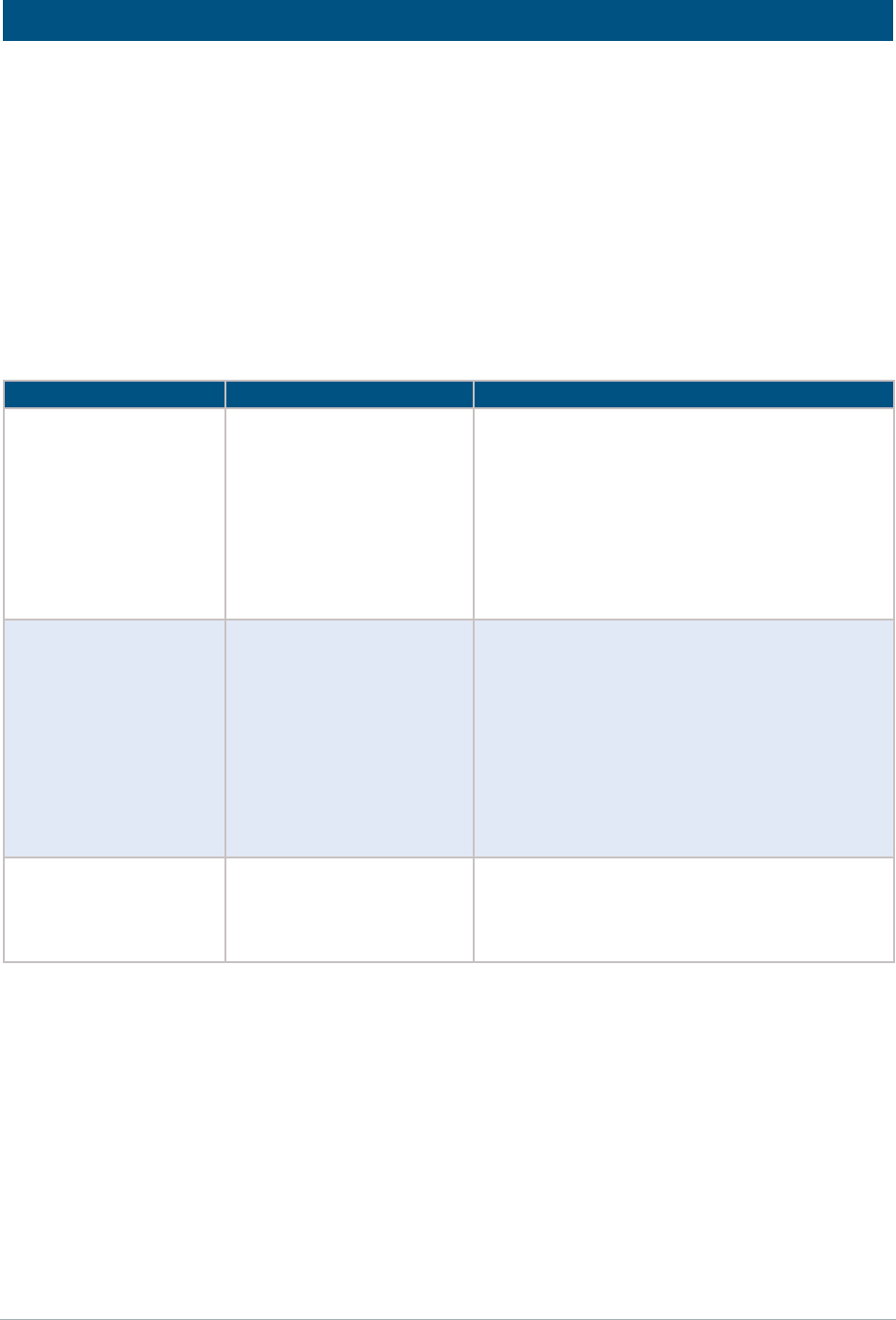
District of Columbia Public Schools | October 2022 Page 16 of 16
Attendance and Truancy Policy
Appendix B: Quarantine and Isolation
With evolving health guidance and changing health conditions, there may be times when students may
need to quarantine or isolate.
When students are required to quarantine or isolate based on current health guidance, parents are
required to submit an excuse note, as per the requirements outlined in Section C.1 of this policy. All
quarantine and isolation absences for which there is a valid excuse note will be excused as Illness.
The chart below outlines how attendance will be coded when students are required to quarantine or
isolate.
If student:
They should immediately:
On or after day 5 they should:
Tested positive for
COVID-19 and has mild
or no symptoms.
Begin to isolate for at least
5 days.
Students can return to school beginning on
day 6 IF they have been fever-free for 24 hours
without the aid of medication and symptoms
are improving.
Students MUST wear a mask while at school
until day 10 from their positive test result or
when symptoms began, whichever is earlier.
Tested positive for
COVID-19 and either
(1) has severe or
critical symptoms or (2)
is
immunocompromised.
Begin to isolate for at least
10 days.
Students may return to school after day 10 IF
they have been fever-free for 24 hours
without the aid of medication and symptoms
are improving.
If a student will be out for longer than ten
days, families will need to provide a doctor’s
note to their school for the absence to be
excused.
Was identified as a
close contact of an
individual who tested
positive for COVID-19.
No quarantine is required.
Students are encouraged to wear a mask at
school until day 10 from their exposure. No
quarantine is required.
